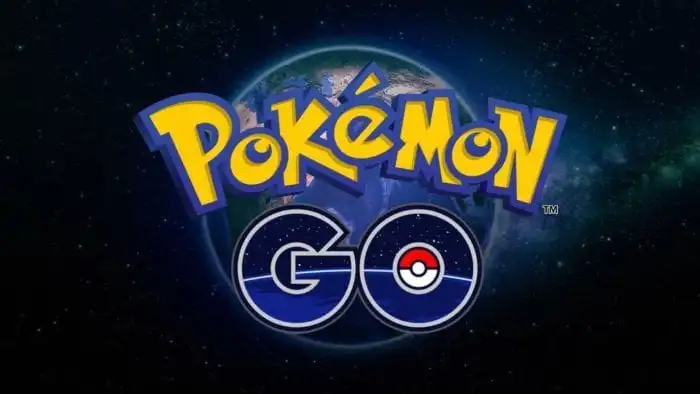Augmented reality (AR) sounds like something straight out of the pages of a William Gibson or Philip K. Dick novel. In the minds of the general population, virtual reality is far more palpable than ever before with headsets like the HTC Vive or Oculus Rift. While the gaming industry seems to favor VR headsets at the moment, perhaps it’d be a more worthwhile endeavor to push the boundaries of AR even further. Pokemon GO is proof that AR will always be a bigger deal in the eyes of the general population for a number of reasons.

Without realizing it, augmented reality is something Earth’s population has been using for a number of years now, and it’s all thanks to the small device you’re probably reading this article on – your smartphone. When you think augmented reality, you probably think about some sort of contraption like the Microsoft HoloLens, but really, AR is about augmenting our everyday reality – something that Google Maps, Amazon, and Facebook have been doing since the day they were introduced. All Niantic and Nintendo did was find a way to meld the Pokemon franchise with an easy-to-use service to give people what they want.
Which brings us to our next point: barrier-to-entry. Many players, while interested in virtual reality, are reluctant to shell out the cash necessary to have the proper VR experience. People interested in VR have to shell out upwards of $1000 dollars to get a PC capable of running a VR headset. Not to mention the cost of the actual headset itself, which can run up to $800. Sure, Sony is introducing the more affordable PlayStation VR, but that headset is still $400. That’s assuming you have a PS4. If you don’t, you’re going to have to drop another $400 for the hardware. And don’t forget the camera too.
Phone-based AR, on the other hand, is far easier on the wallet. With smartphones being considered a necessity of life at this point, it’s affordable to augment anyone’s reality through sheer necessity of the device itself. Keeping that in mind, everyone has a smartphone. The larger the install base, the more players for the potential AR game. Just take a look at Pokemon GO. The user base is huge, which means it’ll continue to get support from Niantic. The more support the game has, the longer the install base will stick around.

Aside from that, the larger install base with smartphones means people have been trained on how to interact with their phones. Over time, people everywhere have come to inherently understand how AR applications on smartphones work. Looking at Google Maps and want to get a closer look at an intersection? Just pinch to zoom in. It’s behaviors like these that AR games can incorporate easily. VR games on the other hand are a whole different story. Due to the potential of the hardware, the variety of experiences lend themselves to different control schemes – something players everywhere are comfortable adjusting to from game to game. Players new to games, however, have a harder time adjusting to different control schemes. Something players are accustomed to is something that can be a major turn off to prospective new gamers. And once again, frustration leads to never touching VR again.
On the flip side, VR confines users to a small area, and then effectively blinds them and expects them to stay within range of the sensors. While this isn’t too difficult, it can be disorienting for users unfamiliar with the technology. One bad experience is enough to cause inexperienced users to abstain from the product for good. Games like Windlands are novel in concept, but the lack of appropriate field of view and acceleration have a tendency to give users VR sickness. Something sure to stave off users unfamiliar with VR. But with AR, the largest inconvenience it poses is killing batteries left and right. But, is that really a problem? As retail stores everywhere will attest, the rise in popularity of Pokemon GO has been great for the sale of external phone chargers. The fact that people are willing to spend money to supplement their AR addiction is more than enough to show why AR will always be a bigger deal than VR.
Until VR manages to overcome these obstacles, AR will always be a bigger deal in the minds of people everywhere. Whether they realize it or not.













Updated: Jul 29, 2016 02:20 pm